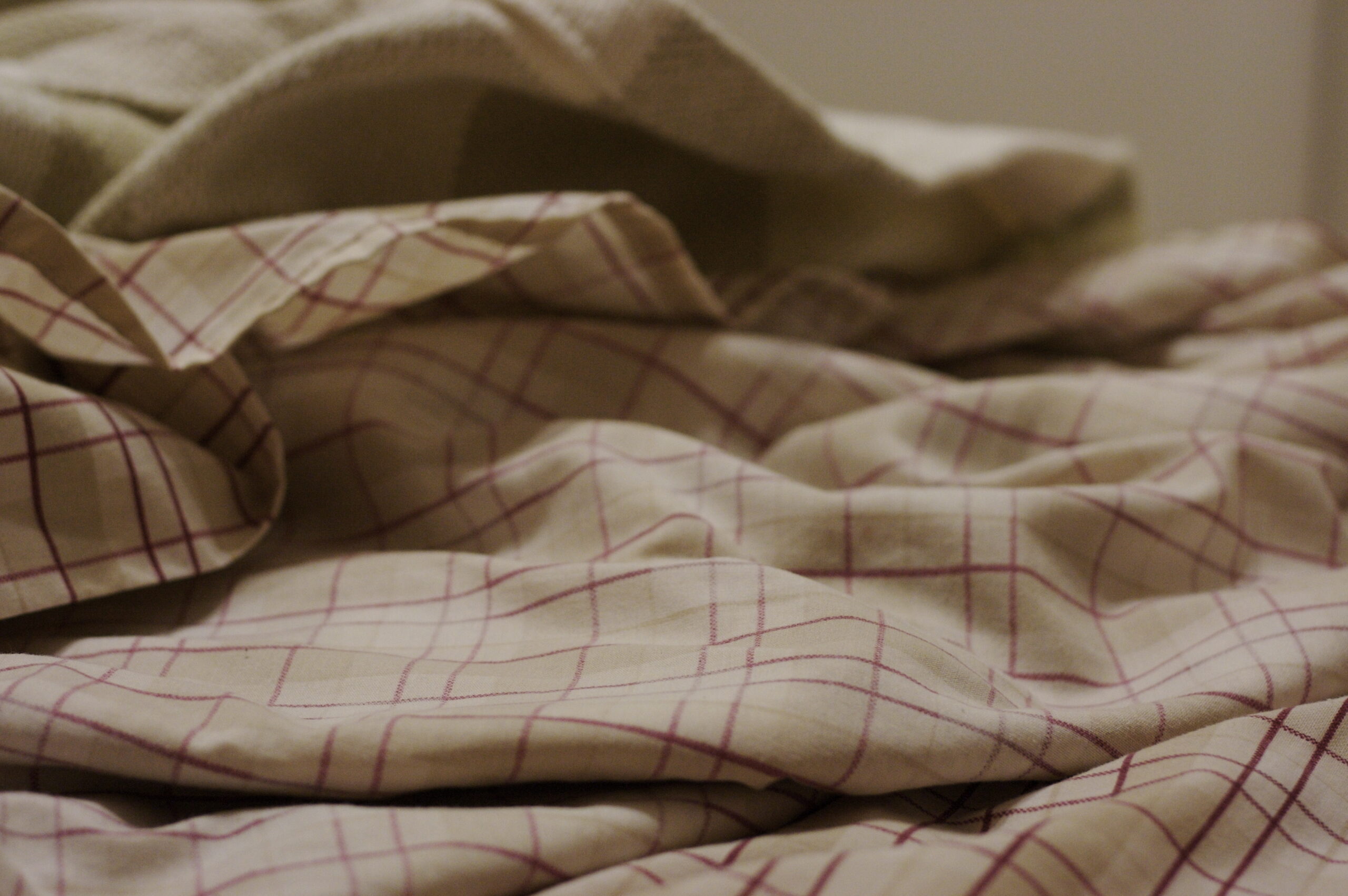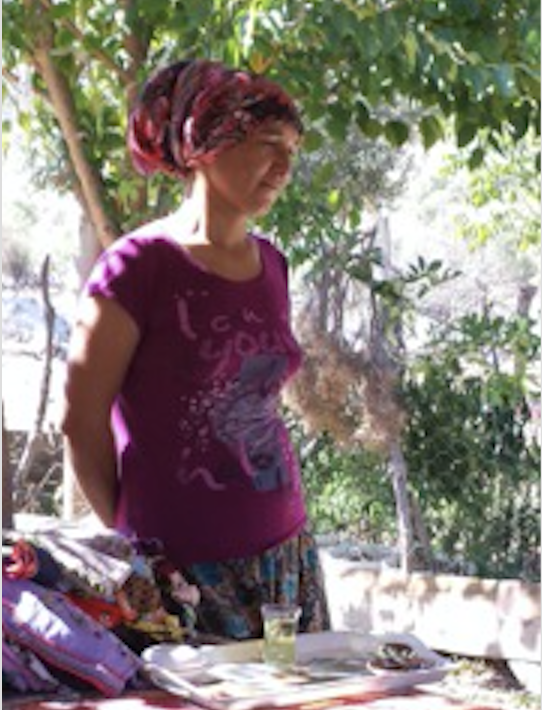By AHMET HAMDI TANPİNAR
Translated by AYSEL K. BASCI
Piece appears below in English and the original Turkish.
Translator’s Note:
Ahmet Hamdi Tanpınar (1901–1962), a renowned 20th-century Turkish author, poet, essayist, intellectual, and educator, wrote two of the finest works in modern Turkish literature: The Time Regulation Institute and A Mind at Peace. In fellow Turkish author Orhan Pamuk’s 2006 Nobel Literature Prize acceptance speech, he thanked Tanpınar for his considerable influence and inspiration as a literary icon.




